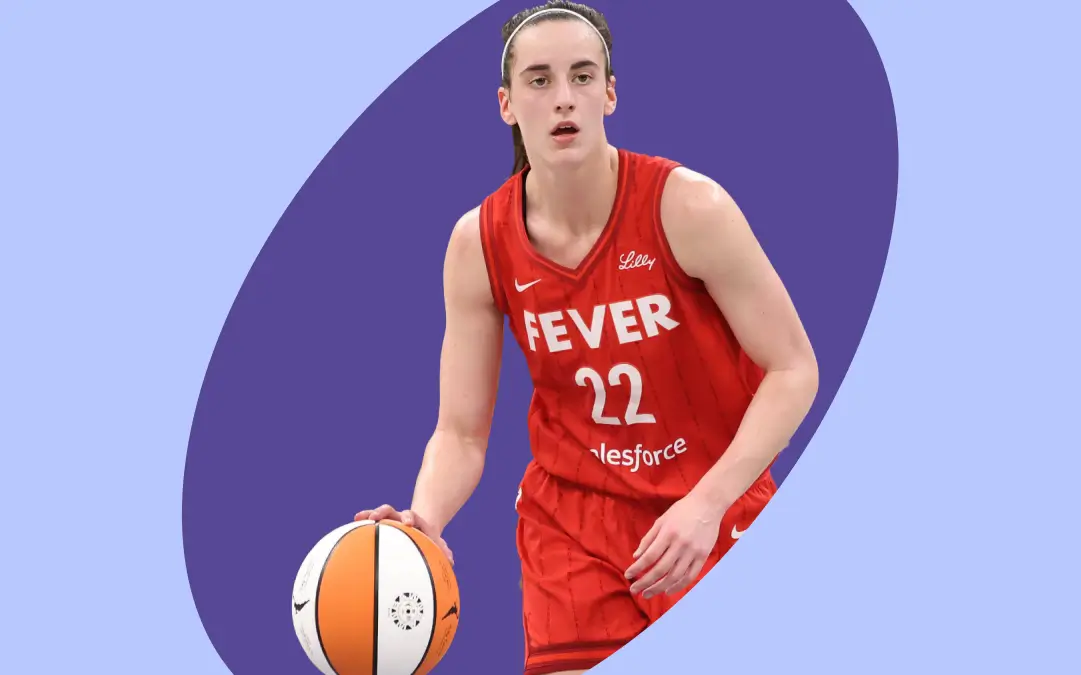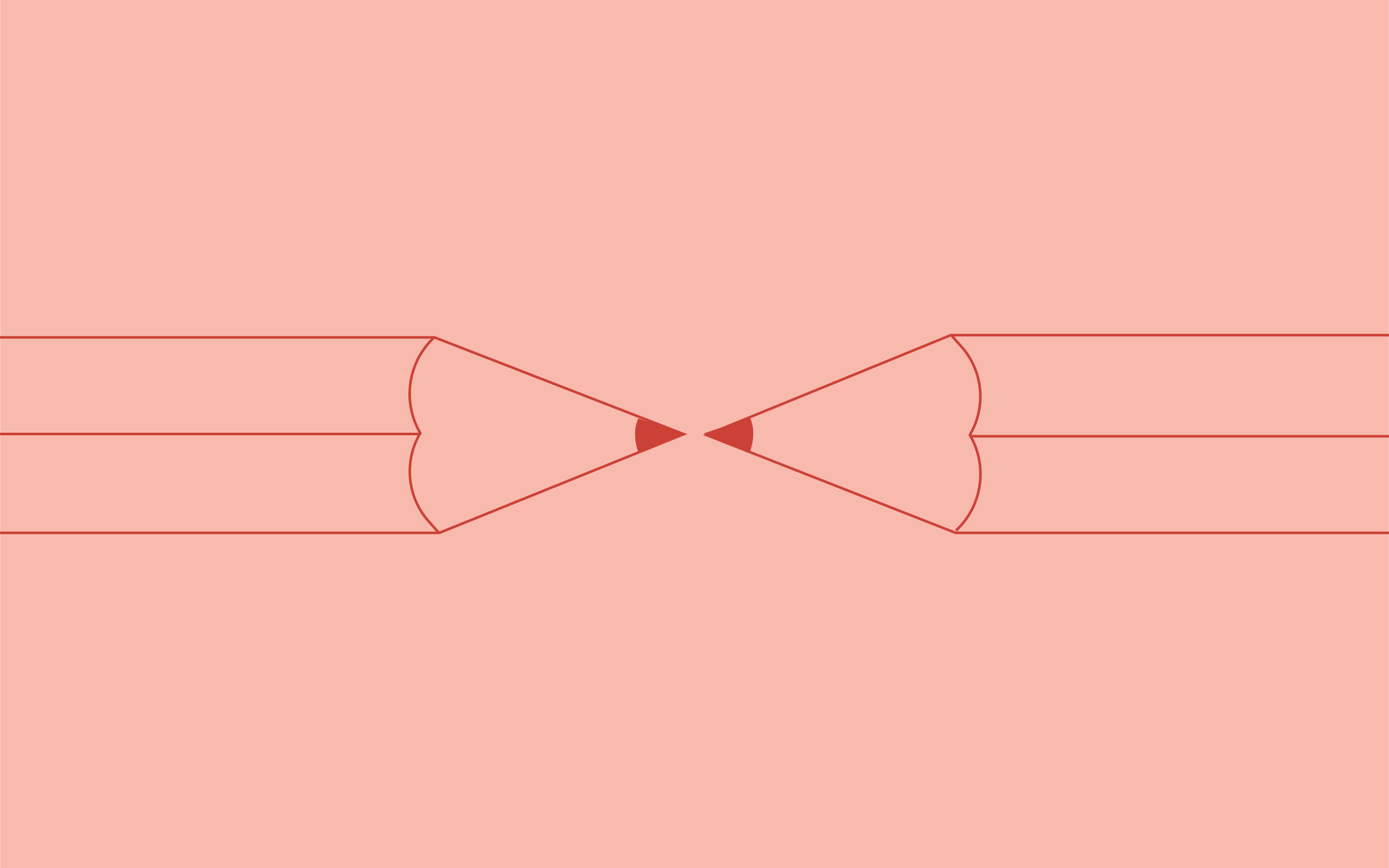Leaders know their tech stack cold. But ask about the cultural operating system, the invisible code running the company, and clarity disappears.
We’ve been thinking about this gap, and here’s what we’ve learned: Culture is the real OS. It determines how fast ideas travel, whether innovation thrives, and whether transformation succeeds. Brand is the UI. It’s how people experience that cultural OS through every interaction, every decision, every moment of truth.
When they’re misaligned, everything breaks.
The Hidden Architecture
Think about any operating system. It runs silently in the background, setting the rules. What’s possible. What’s permitted. How resources flow. Users don’t see the code, but they experience its logic through the interface.
Culture works the same way. It’s the base code behind how decisions are made, how failure is treated, how ideas live or die. Brand is the interface, the emotional and behavioral experience of that code for employees and the world.
The most painful breakdowns happen when brand overpromises what culture can’t deliver. We see this constantly.
Companies that talk agility but require 12 approvals for minor changes. Brands that advertise innovation while internally rewarding risk avoidance. Organizations that preach customer-centric but fail to practice it.
This misalignment creates organizational cognitive dissonance. Employees feel it first, experiencing the daily friction between promise and reality. Customers see it soon after. Because in a transparent world, your culture always shows up, whether you intend it to or not.
When Truth Meets Expression
When culture and brand align, something powerful happens. Transformation accelerates.
Internal beliefs match external expression. Employee experience mirrors customer experience. People stop translating between what we say and what we do. The organization gains velocity through coherence, not pressure.
The brands we admire most give us direct access to their cultural source code. What they promise is what they practice. You don’t build trust by saying the right thing. You build it by being architecturally honest.
What Reinventors Get Right
The visionary leaders we work with understand something crucial. They don’t transform by rebranding. They do the harder, deeper work of recoding their culture, and then design a brand that reflects it.
What does recoding culture actually look like? One CEO we know discovered their ‘innovation culture’ was actually risk-averse when he made failure stories mandatory in all-hands meetings and he knew it when no one had any to share. So, he started going first, publicly dissecting his own mistakes.
These aren’t feel-good exercises. They’re architectural changes to the cultural OS. They alter what gets rewarded, what gets repeated, and ultimately, what gets real.
The leaders who fail at transformation are usually the ones who believe in it the least. They’re performing change for the board while protecting the status quo for themselves. Your OS reveals what you actually believe, not what you claim to believe. And everyone can feel the difference.
You can’t reskin your way to belief. And you can’t UI your way out of an OS problem.
The Path Forward
We’ve discovered something working with transformation leaders: The ones who succeed treat belief like code. They build it into their cultural OS at the deepest level. Not as inspiration. As infrastructure.
Because your cultural operating system runs on belief, not logic. And when that belief layer is broken, no UI update can fix it.
Ready to Realign?
You’ve invested in platforms and systems. Now it’s time to align the two most powerful ones you already have: your culture and your brand.
In a transparent world, your brand is only as strong as your culture.
And here’s the uncomfortable truth: Your next transformation will fail for the same reason your last one did. You’re still trying to change what people do instead of what they believe.
Stop asking, “How do you get people to adopt this?” Start asking, “What would make them believe in it enough to fight for it?”














